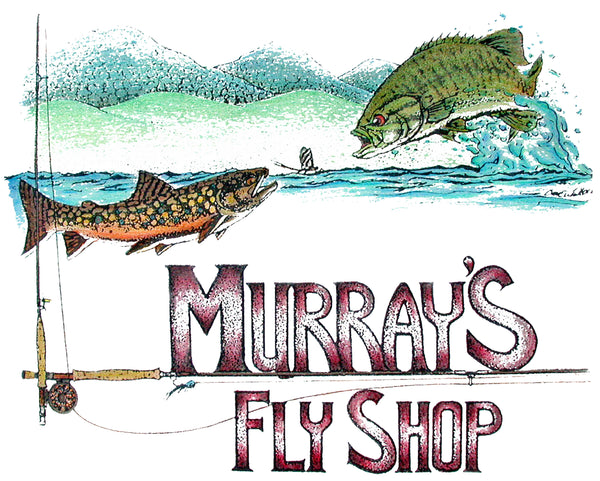The Wonderful Trico Mayfly

Many years ago as we sat in Charlie Fox'es living room in his home beside the Letort Spring Run in Pennsylvania, he encouraged me to try a type of trout fishing which eventually became my favorite form of angling. He suggested that I tie some size 22 and 24 dry flies with black bodies and get to his streams by 7a.m. The hatch Charlie was discussing he called the caenis mayflies. Several years later we all started calling this the trico hatch.
The reason I enjoy this fishing so much is that the trout feeding on tricos are very demanding. If I get everything right I catch them, but I don't master every aspect of their demands.
This is easy to understand when you reflect on the density of this hatch. For example, last July early one morning I came upon a downfall along the stream with low limbs reaching out over the stream. A spider had built a web here about the size of a basketball which I estimated had trapped over 500 trico males which had hatched the night before.
My excitement about this hatch had prompted me to develop many different patterns. However, I was surprised when one of the anglers in my advanced fly fishing college class asked me to present a slide show on trico fishing tactics and then show them how to tie my favorite patterns. When I dumped my trico fly box onto my kitchen table the next evening I saw that I carried eleven different dry trico patterns. I later came to realize that the presentation of the flies to a feeding trout was more important than the fly pattern.
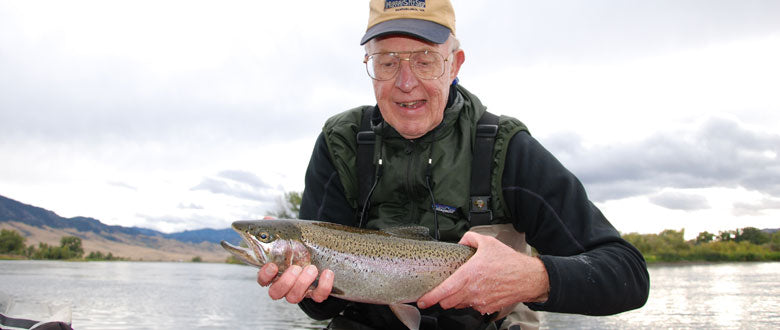
I was on a small Pennsylvania stream with Vince Marinaro and had been fishing to a large brown that was rising. Vince sat down to watch me and even though I presented many different trico patterns to the brown he would not take any of them. Finally I went back and sat down on the bank beside Vince where we watched the brown continue to feed. Timing his riseforms we saw that he took 67 natural tricos in one minute. Vince suspected that I had been getting drag which the brown could detect even though we could not. He suggested that I go back down to the stream but select a different position from which to make my presentation in order to get a drag-free drift. I followed his suggestion and caught the brown on the first cast.
Another ploy which helps me get drag-free drifts is to use slack line casts. My favorite is Vince's puddle cast in which extra line is extended on the presentation cast which is stopped about 20 degrees over the stream and the line and leader are allowed to fall in a puddle on the stream. A second good slack-line cast is the lazy S cast whick is achieved by wiggling the rod tip from side to side on the presentation cast as the line flows forward. Experiment with these when fishing your next trico hatch and I believe you will be pleased with the drag-free drifts you can achieve.
Today I find that one pattern enables me to catch trout on this hatch all across the country. I use a white poly spent-wing pattern with a black thorax and cream abdomen.
The tricos can be seen by 7a.m. in June on many of the streams I fish and they can last for three hours. As the season progresses the hatch may come a little later in the day but you can still get several hours of great dry fly fishing.
A tactic which enables me to catch some easy trout on this hatch is to get to the stream an hour before the flies become thick and stay at least an hour after the spinner fall. During these two periods the trout do not have as many naturals from which to choose and apparently they are willing to take our flies more readily.

When this hatch is heavy on large streams I often have over a dozen trout rising within casting distance before me. There is a great temptation to "shoot into the covey" here assuming one of the trout will take my fly. Experience has shown me this is a poor ploy. I do much better by picking out an individual feeder and carefully getting a drag-free fly drift to him.
Some rich tailwater streams have great trico hatches and the thick aquatic grassbeds present some very challenging angling. For example, where these grass beds are located along the stream banks some of the largest trout will hold under the very edge of the grass and sip in the tricos as they drift by close to the grass. Rather than producing the beautiful rise forms with spreading delicate concentric rings which we recognize quickly in open water they produce what I call a "half riseform" as the bulge of their take spreads out into the current while the other half of the rise form is blocked by the grass. I always watch closely for these feeders because they are often some of the large trout in the stream.
In tailwaters there are often rafts of drifting aquatic grass the size of a billiard table that are shunted into the back eddies where they drift around and around. Sometimes the tricos are trapped in the open pockets int he grass and sometimes they are swept in behind them. An effective way to fish this set up is to take a few minutes to study how the grass drifts repeatedly and exactly where the trout locate to feed on the tricos. Get ready to shoot quickly and when your trout comes up cast your fly a foot above his riseform and you will usually take him. Work each of these hooked trout out away from the back eddy and you can usually catch several more large trout before you spook the pod and put the rest down.
I usually fish my tricos on 7X leaders and by using barbless hooks and opening the hook gap slightly off-setting the hook point slightly and keeping the hooks sharp I hook the majority of my strikes. In order to land large trout on 7X leaders I like to get downstream of them so they have to fight the current as well as my pressure. I crank all of the slack line in quickly and "put them on the reel" so the running line will not get wrapped around the butt of the rod or the reel and break them off on a sudden run.
In order to give the trout a good chance to survive when you release him, work him in quickly and lead him into your landing net. Keep him in the water facing into the current in water about two feet deep after you gently unhook him. Hold him securely but gently in this position until he can maintain his balance, then slowly slide your hands away from the trout. Fish released in this way have an excellent chance of survival.
I like fly rods which balance with a 2, 3, or 4 weight line for trico fishing that have a delicate tip in order to set the hooks on 7X leaders and fight the trout gently. I like reels that weigh less than 4 ounces that have a very light starting drag so I can protect the light leader when the trout runs. I prefer hand tied knotted leaders which are 9 feet long for trico fishing.
Not only is trico trout fishing a great amount of fun, but as you master this you are building a firm foundation for many types of delicate dry fly fishing in the future.
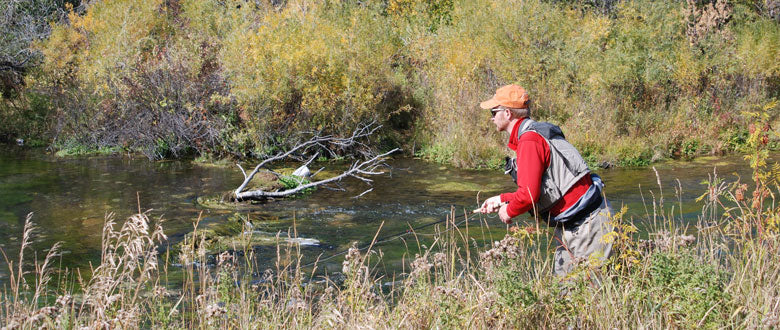
-
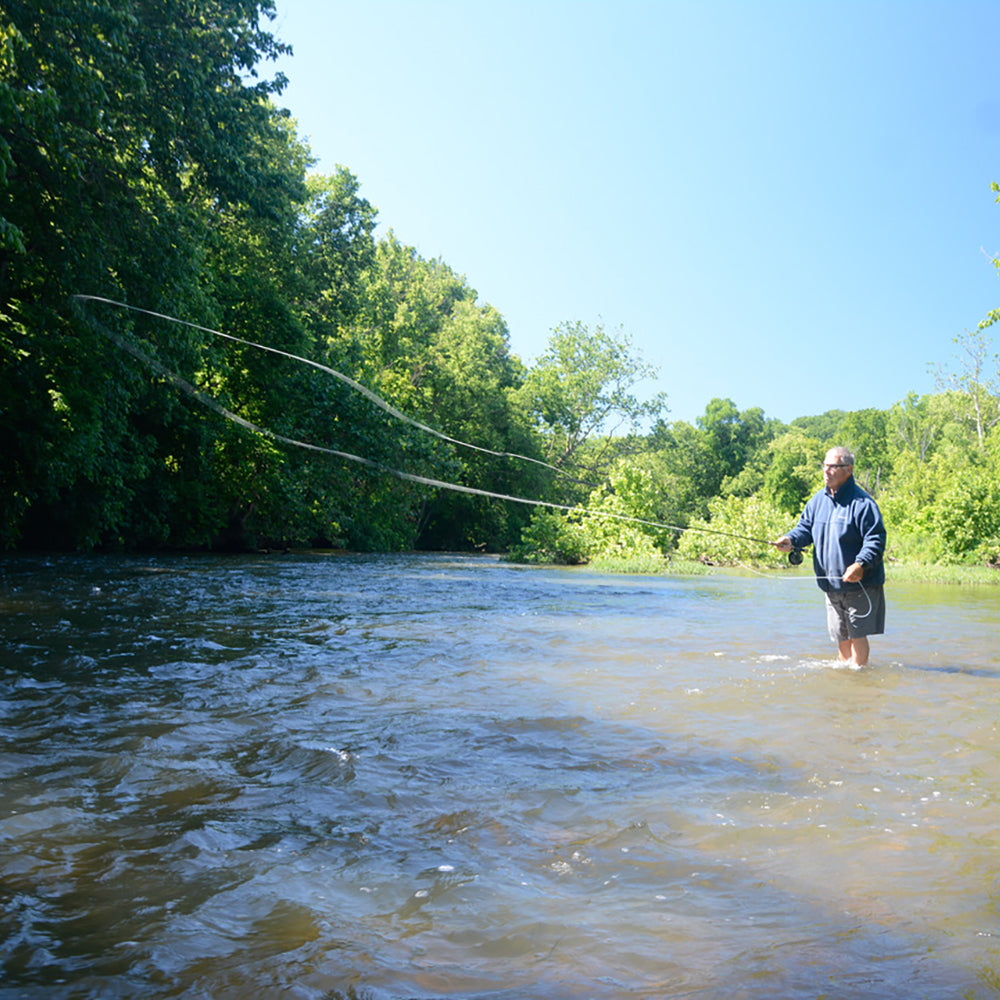
Learn Fly Fishing at Murray’s Fly Shop: Classes, Workshops & Schools
Welcome to Murray’s Fly Shop – Your Fly Fishing Learning Hub At...
-

Featured Flies of the Month
Harry Murray's recommended fly list for this time of the year. (March...
-
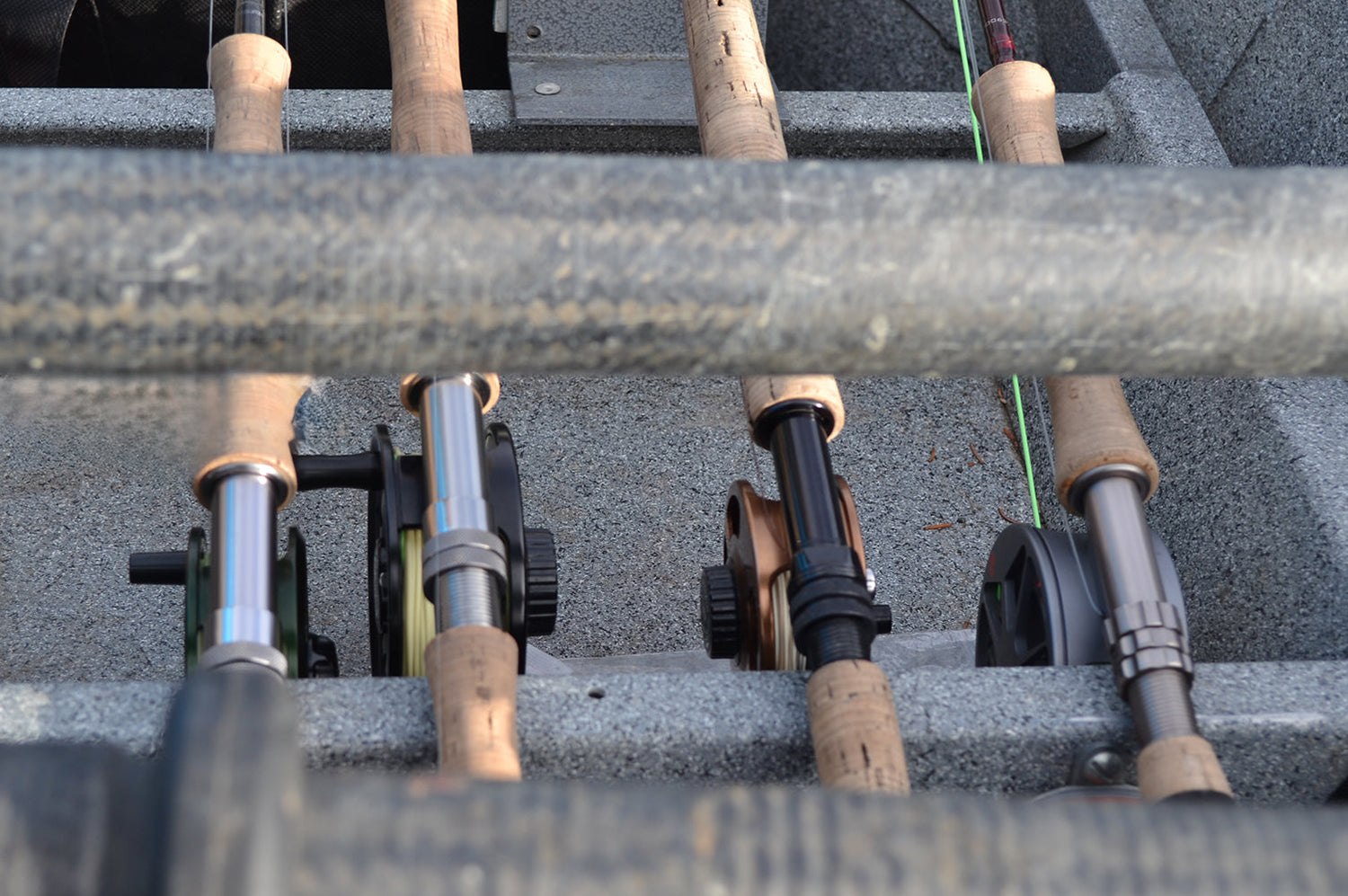
Fly Fishing Rod Outfits
Fly Fishing Rod and Reel Outfits for Smallmouth Bass fly fishing, Trout...
